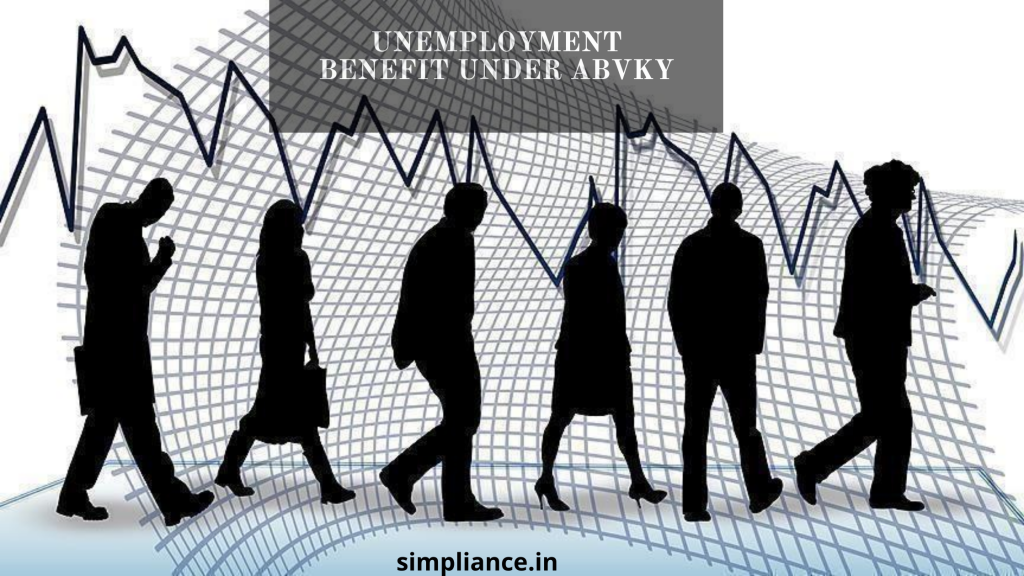
Animay Singh
Biography

In an earlier blog post titled Unemployment Benefits under ESI: RGSKY and ABVKY we had discussed the eligibility criteria as well as the manner in which unemployment benefits can be claimed under the two ESIC schemes. In this post we shall examine the changes brought in by the ESIC through its Press Release No. E-13/12/9/2020-P.R. dated 20th August 2020.
The Employees’ State Insurance Corporation during its 182nd meeting decided to take steps to provide workers affected by the consequences of the COVID-19 pandemic with relief. The following changes were brought about by way of the same: –
Relaxation in Eligibility and Increased Benefit under ABKVY
The Atal Bimit Vyakti Kalyna Yojna (ABVKY) scheme has been extended by one more year up to 30th June 2021. This decision has been taken in light of the widespread unemployment and layoffs brought about by the financial consequences of the pandemic. The relief payable under the relaxed criteria for eligibility shall be payable during the period of 24th March 2020 to 31st December 2020. After this stipulated period, the relaxed criteria and enhanced relief will expire and the original conditions for eligibility shall come back into force. However, the ESIC has left room for flexibility by providing for a review of the relaxed conditions on the date of expiry based on the need for the same.
The relaxed eligibility conditions and enhanced relief can be summarized as follows: –
A. Earlier payment of relief was set at 25% of average wages payable up to maximum 90 days of unemployment. This has been increased to 50% of average wages effective for the above mentioned period
B. Prior to these relaxations, relief was payable 90 days after unemployment, now it has been reduced to 30 days following unemployment
C. The application procedure has been simplified; an Insured Person can now submit their claims directly to the ESIC Branch Office. Previously the claim had to be forwarded by the last employer which placed unnecessary procedural hurdles in filing of claims
D. An insured person filing claims should have been in insurable employment for at least 2 years and should have contributed for a minimum of 78 days in the contribution period immediately preceding unemployment. Additionally, a minimum of 78 days contribution in one of the remaining three contribution periods in the two years prior to unemployment, this is a reduction from the earlier stipulation of four contribution periods
Conclusion
The steps taken by the Employees’ State Insurance Corporation towards relaxing the eligibility criteria, enhancing the quantum of unemployment benefit, and making the procedure for application simpler will definitely assist a large number of people across the country. The earlier procedure required tedious documentary requirements such as a forwarding letter from the last employer in Form AB-2 and instructions for the insured persons.
While the unemployment rates have gone down since the re-opening of the economy, there is still a large portion of the workforce that requires these unemployment benefits for their regular payments. The ESIC has taken positive steps in these testing times and once again proved its utility as a pioneer Social Security organization that covers close to 13.56 crore beneficiaries.
Drop your thoughts in the comments below.
| Disclaimer: This blog is meant for informational purposes and discussion only. It contains only general information about legal matters. The information provided is not legal advice and should not be acted upon without seeking proper legal advice from a practicing attorney. Simpliance makes no representations or warranties in relation to the information on this article. |
